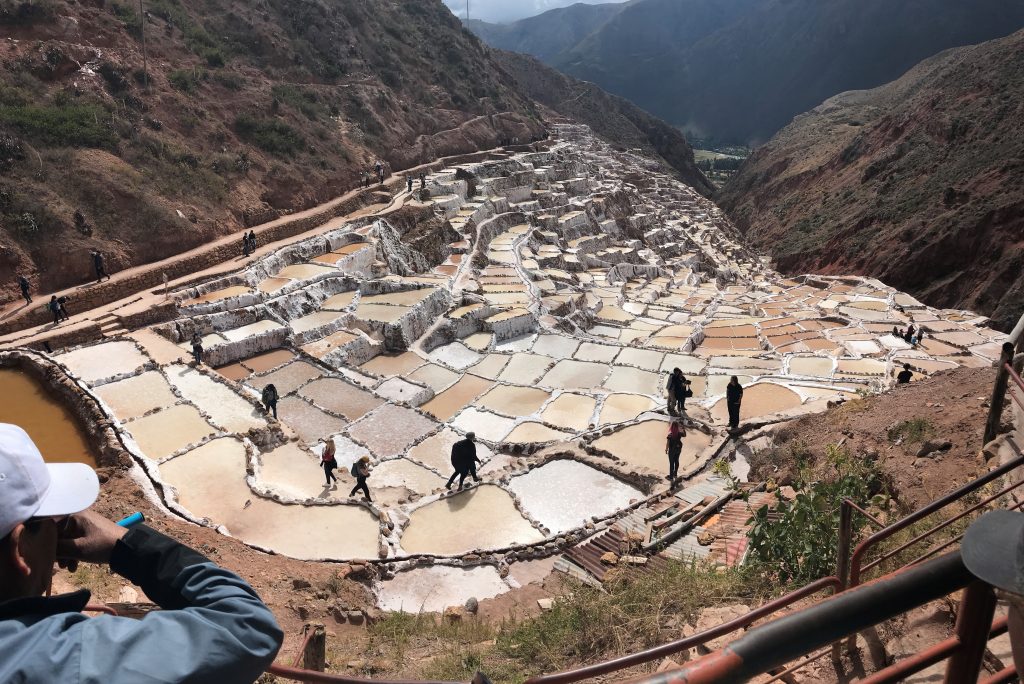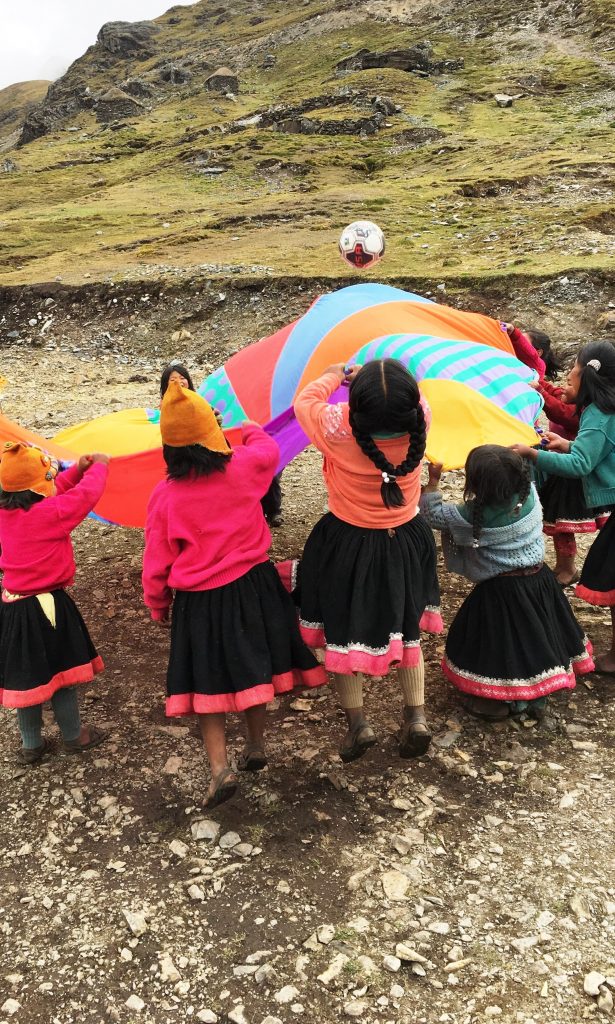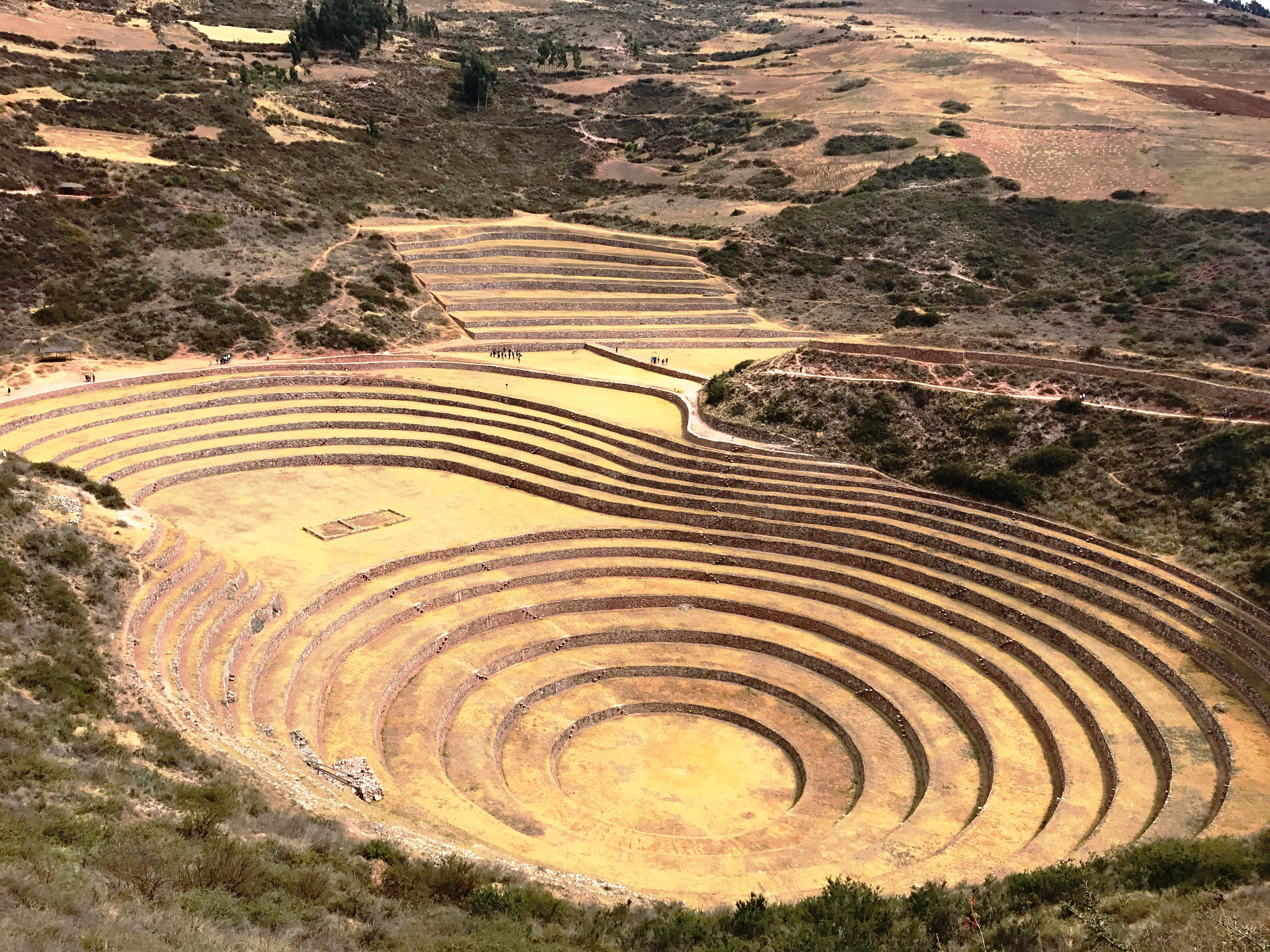
Submitted by Roanne Dacumos on the 2017 summer session program in Peru sponsored by the School of Nursing…
This week, we traveled to Q’eros. This is a town that sits high in the Andes mountains at almost 15,000 ft. elevation. The kind community is the closest link to the ancient Inca tribes with a population of only 200 people. Although it was fairly cold, filled with snow, my heart was filled working with the children. We also made reusable menstrual pads with the women in the community and taught sexual education. There is no electricity or running water in this community, but the people showed us remarkable ways to get by. Alpaca blankets were used to keep warm, and all meals used ingredients that could be grown in the high altitude. Unfortunately, there is currently a teacher strike throughout Cusco. This means that many children were out of school. Instead, we used this time to educate, entertain and play.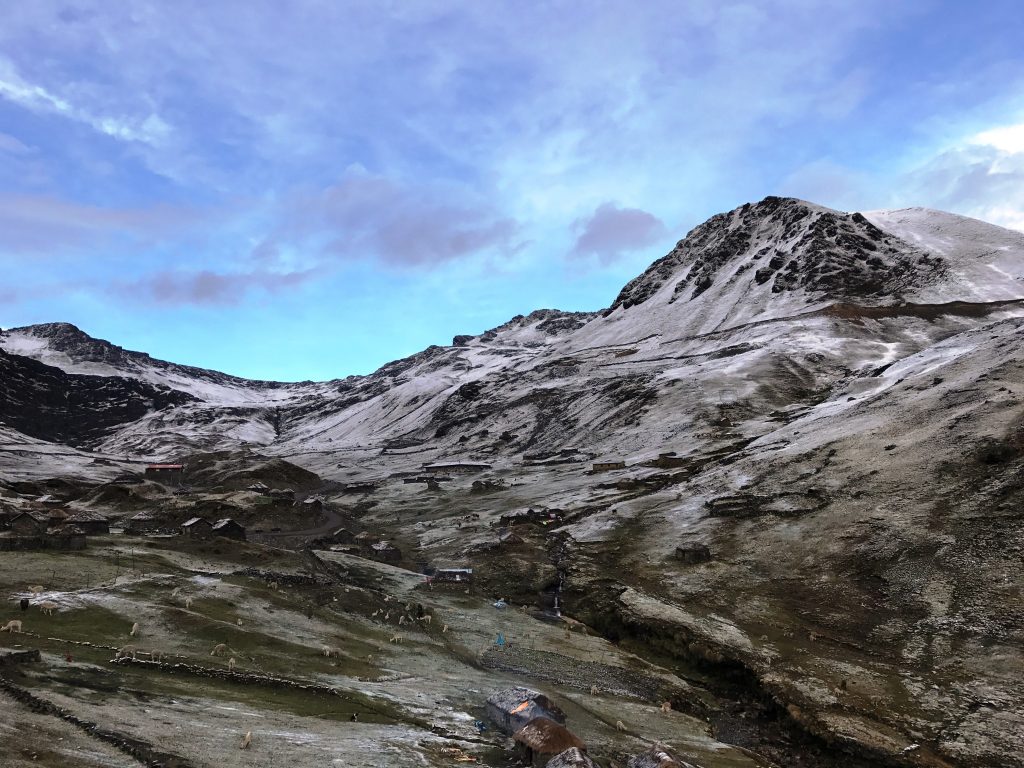
Another town we visited this week was Chinchero. Sitting at 12,000 ft. elevation and overlooking the Sacred Valley, Chinchero is an old Inca town with great Spanish influence. We were fortunate enough to visit on a Sunday when the famous “Sunday Market” occurs where handmade textiles, artwork and local foods can be purchased. It is very common to haggle in the markets, however the handmade work showed talent, time and effort making it difficult.
Traveling just a half an hour down the valley, our next stop was Moray. This ancient Inca ruin is a perfectly centered circle almost resembling an amphitheater. However, its purpose is far from entertainment. It is actually a very clever irrigation system with water designed to flow at different levels. Because the weather in Peru can be rather unstable, the Incas used this method to grow their crops regardless of a drought. The stones used around the walls absorb light during the day, so crops will not be burned. During the night time, the walls radiate the heat stabilizing the temperatures. The talent and abilities of the ancient Incas are truly remarkable. 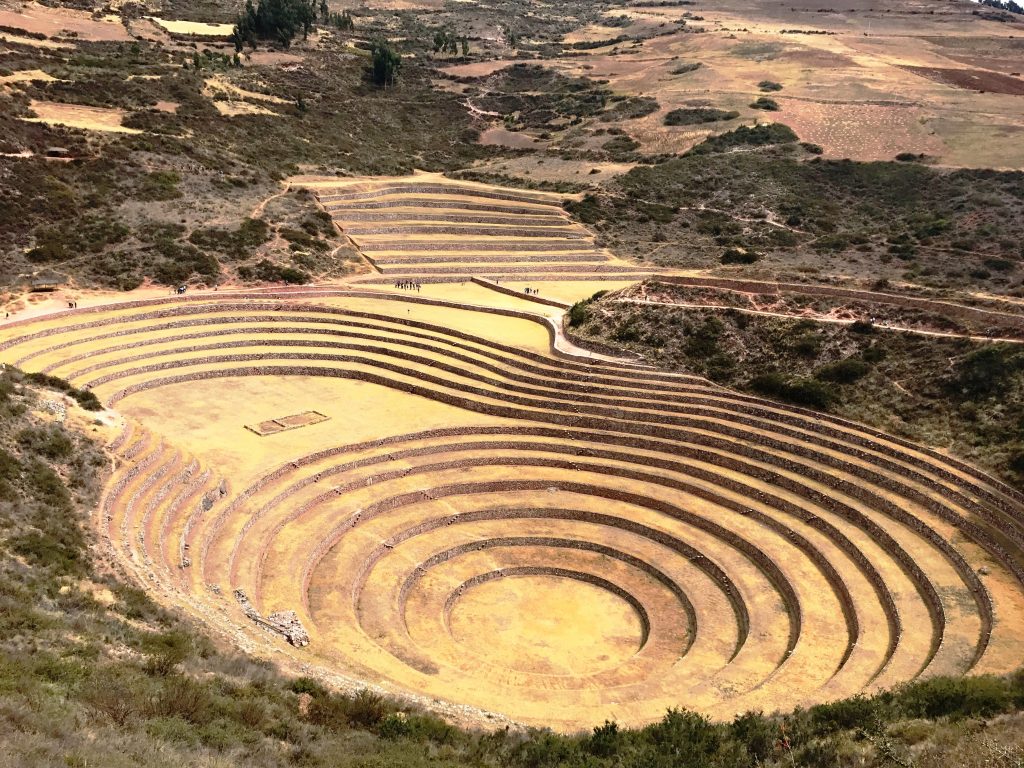
One of my favorite stops this week was the Salt Mines. Each family owns up to four pools, where natural salt is harvested. Based on the soil, several different types of salt can be found including pink rock salt. Common products found around the mines include gourmet cooking salt, soap, bath salts and chocolate. 